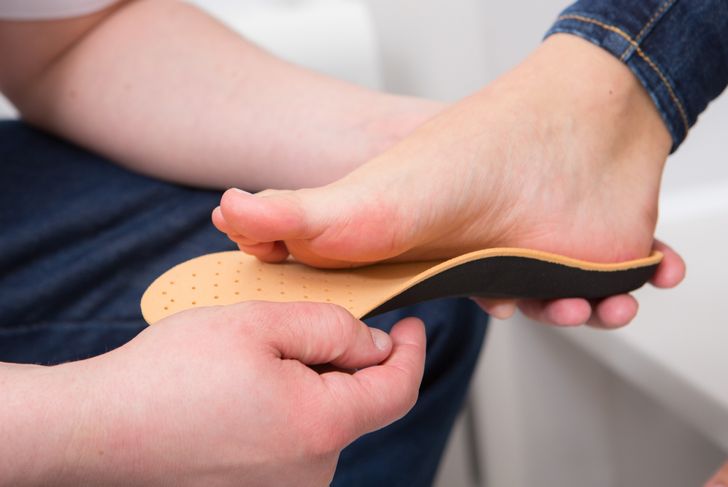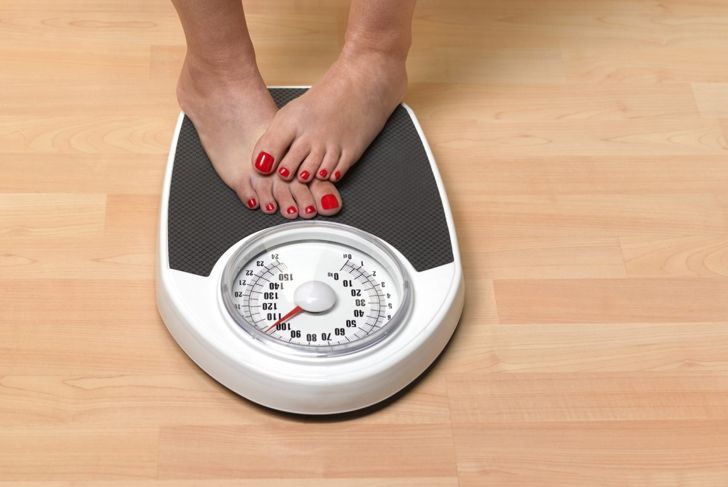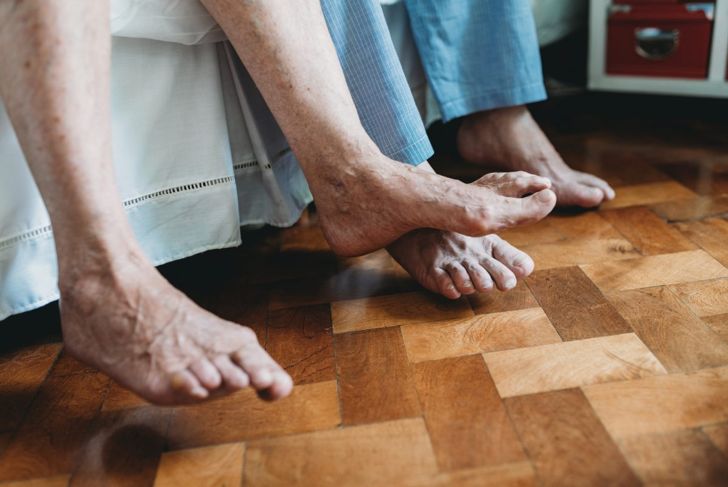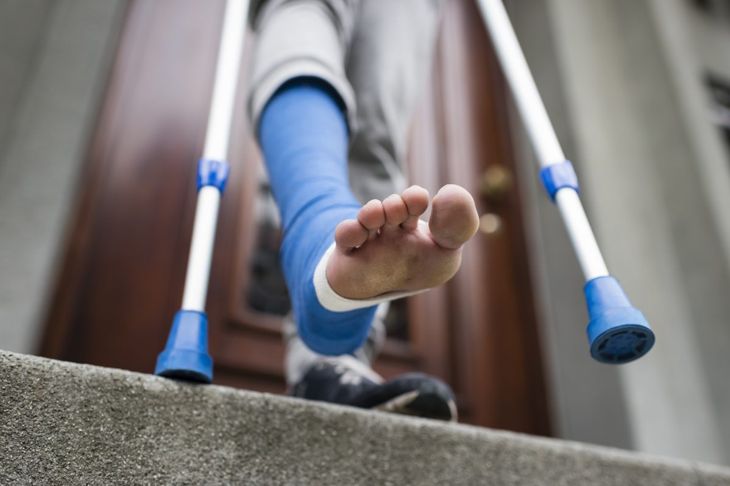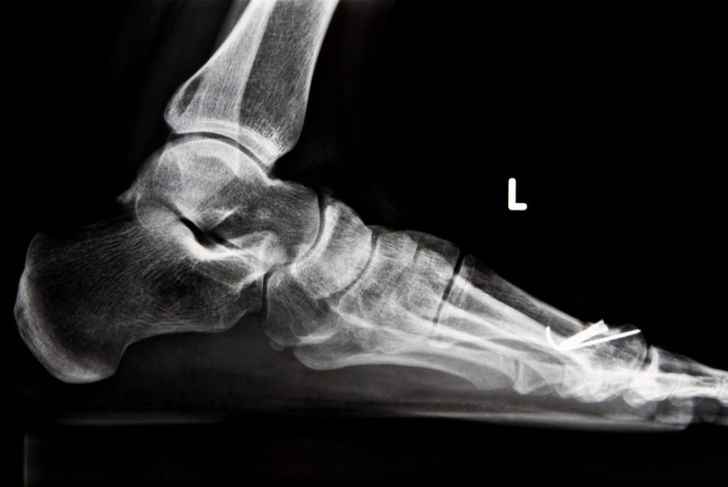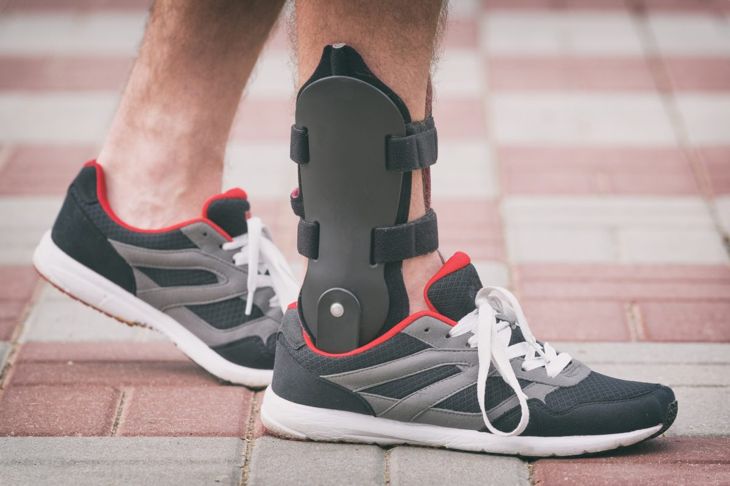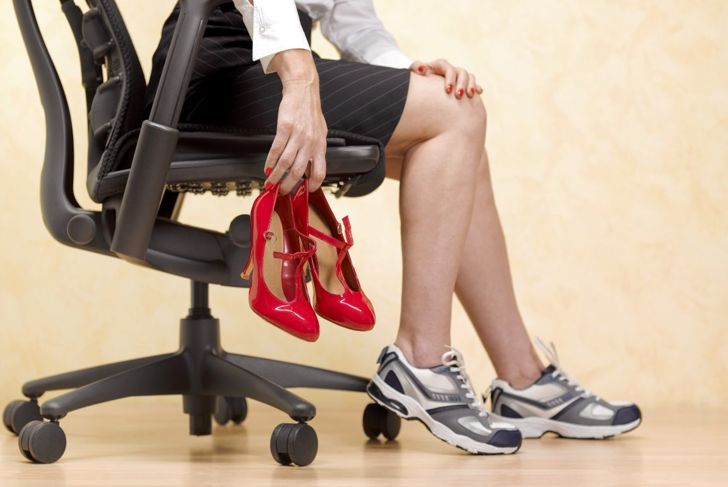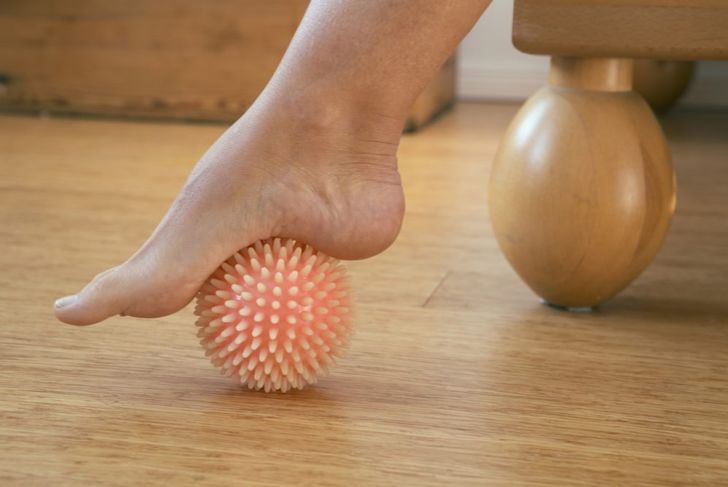Flat feet are medically referred to as pes planus, and this affliction is common among adults. Also known as fallen arches, flat feet can create issues in the knees and ankles due to lack of support. The condition may also alter a person’s alignment through their legs and beyond, placing them at a greater risk of injury when playing sports or participating in other physical activities.
Symptoms
While some people with flat feet won’t notice any discomfort, others may develop pain in the heel and arch. The pain may worsen at night or after prolonged activity and may make the ankles swell. Having flat feet can cause excess foot fatigue because the arch does not support the soft tissues of the feet.
Risks
There are several risk factors for having flat feet, which may increase the likelihood of developing the condition. Obesity is one of the leading contributors to fallen arches in adults and children. Studies show children who are overweight report higher rates of musculoskeletal pain, which may link to having flat feet. Diabetes, rheumatoid arthritis, and aging also increase the risk of developing flat feet and fallen arches.
Older Adults
The risk of developing fallen arches increases with age due to normal wear and tear. For older adults, flat feet can be dangerous and may lead to slips or falls. Older adults are also more likely to complain of foot pain associated with flat feet and may experience reduced quality of life.
Complications
Fallen arches increase the risk of rolling the ankles because there isn’t enough support on the inside of the foot or ankle bone. Other afflictions that result from flat feet are bunions, shin splints, and sports-related injuries. Symptoms may worsen with age or for athletes and runners.
Diagnosis
A doctor may want to examine the mechanics of a patient’s feet from the front, back, and side. They may ask the person to stand on their toes or closely examine the wear pattern of the patient’s shoes. For people with arch pain, the doctor might order special tests to evaluate the condition. Standard testing methods include CT scans, x-rays, MRI screening, and ultrasound.
Treatment
Sometimes people with flat feet naturally align themselves in a way that prevents symptoms. In these cases, treatment may not be necessary. For those who develop foot pain, there are many treatments available, including orthotics, supportive braces, pain relievers, physical therapy, stretching, and surgery in severe cases. Wearing a supportive insert may help compensate for the lack of natural arch support and prevent injury.
Surgery
Surgical correction is a treatment option available for flat feet and may provide a permanent and low-risk solution to a chronic condition. However, recovery is long and often painful, and patients face an increased risk of blood clots during this time. Often, health care professionals will recommend a range of alternative therapeutic options before considering this one.
Shoes for Flat Feet
It’s crucial that people with flat feet wear the right kind of shoes — ones that support the fallen arches. Without added support, the delicate tissue can inflame, and the tendons may tear over time. Stabilizing the heel may help lessen foot pain and reduce the risk of injury; therefore, shoes with a deep heel cup can be beneficial.
Physical Therapy
Flat feet can cause injuries, especially for runners. In these cases, a physical therapist can analyze a person’s gait and offer advice on how to improve form and running technique. Physical therapy may help athletes reduce their risk of injury and lessen painful symptoms associated with fallen arches.
Stretches for Flat Feet
Sometimes people who have fallen arches also have shortened Achilles tendons. Specific exercises may help stretch the tendon and reduce the chance of injury, improving the condition. A standard stretch — known as the tennis ball stretch — may offer relief. For best results, sit on a chair barefoot, with a tennis ball under one foot. Keeping the spine straight, roll the ball under the foot for two to three minutes, then repeat with the other foot.

 Home
Home Health
Health Diet & Nutrition
Diet & Nutrition Living Well
Living Well More
More